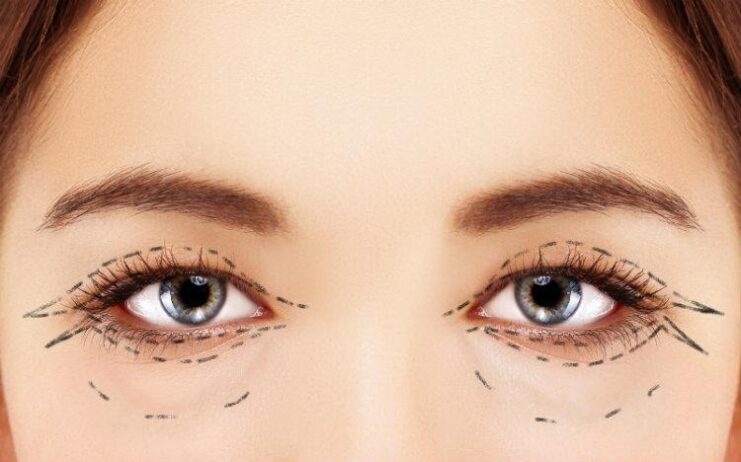Most people don’t think much about their eyelids—until they notice changes.
Maybe your eyes feel tired all the time, your eyelids seem heavy, or you’re constantly being asked if you’re sleepy or upset when you’re not. These could be subtle signs that something more than just aging is happening.
At Bergen Eyelids, we specialize in helping people regain their appearance, comfort, and confidence through professional eyelid surgery.
If you’re wondering whether this procedure might be proper for you, this guide is here to help.
Key Highlights
- Droopy eyelids and puffy lower lids may signal the need for eyelid surgery.
- Eyelid surgery removes excess skin, fat, and muscle to refresh appearance or improve vision.
- Signs include headaches, visual obstruction, or feeling misunderstood due to eye expressions.
- Benefits go beyond aesthetics—comfort, clear vision, and confidence are major gains.
- A tailored consultation helps define if and how surgery can help your condition.
- Bergen Eyelids offers expert, compassionate care through every step of the process.
What Is Eyelid Surgery?
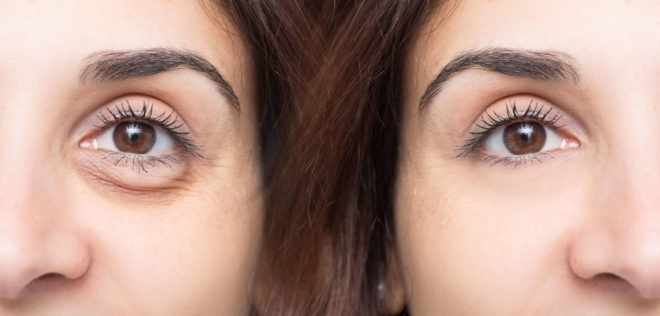
Eyelid surgery (also known as blepharoplasty) is a procedure that removes excess skin, fat, and sometimes muscle from the upper and/or lower eyelids. It can be done for cosmetic reasons or to improve vision and comfort.
Over time, the skin around the eyes becomes thinner and starts to sag. For some, it’s a natural part of aging.
For others, it may happen earlier or be more severe due to genetics, lifestyle, or medical conditions. Either way, eyelid surgery offers a solution.
Common Signs You May Need Eyelid Surgery
Let’s look at some of the most common signs that it might be time to consider eyelid surgery:
1. Droopy Upper Eyelids
Do your upper lids sag so much that they start covering part of your eye? This can make your eyes look smaller and even block your vision. If you notice you’re lifting your eyebrows more often to “see better,” this could be a clear sign.
2. Excess Skin Around the Eyes
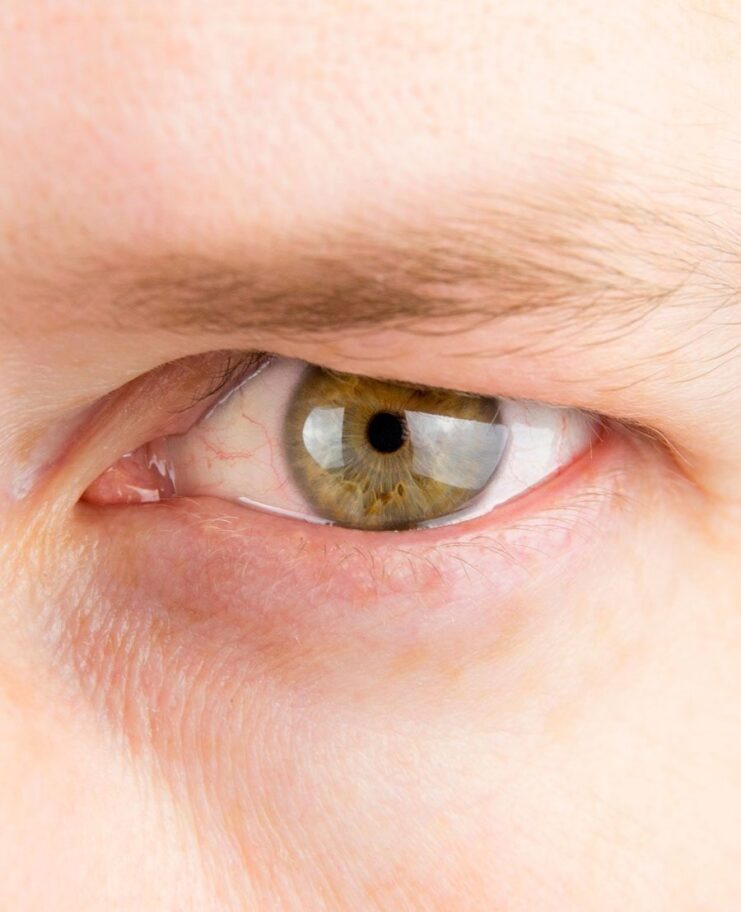
If the skin on your eyelids looks wrinkled, loose, or folds over itself, it might be more than just a cosmetic concern. Extra skin can irritate, make it harder to apply makeup, and contribute to a tired appearance.
3. Puffy or Baggy Lower Eyelids
While swollen or puffiness under the eyes can be temporary due to allergies or lack of sleep, persistent under-eye bags may be caused by fat deposits or weakened tissue. If creams and home remedies aren’t helping, surgery might be worth exploring.
4. Tired or Angry Appearance
People may assume you’re upset, stressed, or exhausted—when you’re not. The eyes play a huge role in how we express ourselves. Heavy lids or puffiness can send the wrong message even when you feel great inside.
5. Eye Strain or Headaches

If your eyelids are heavy enough to interfere with your vision, you may start straining your eyes without realizing it. Over time, this can lead to headaches or fatigue, especially after extended reading or screen periods.
6. Difficulty Wearing Glasses or Contacts
Loose eyelid skin can sometimes interfere with proper glasses or contact lens placement. If your vision correction tools don’t feel right, your eyelids could be part of the issue.
Benefits of Eyelid Surgery
Many people who undergo eyelid surgery report not just cosmetic improvements but also everyday benefits like:
- Clearer vision
- Reduced eye fatigue
- More youthful, alert appearance
- Easier makeup application
- Boosted self-confidence
It’s not about looking “different”—looking more like yourself and feeling better about it.
What to Expect
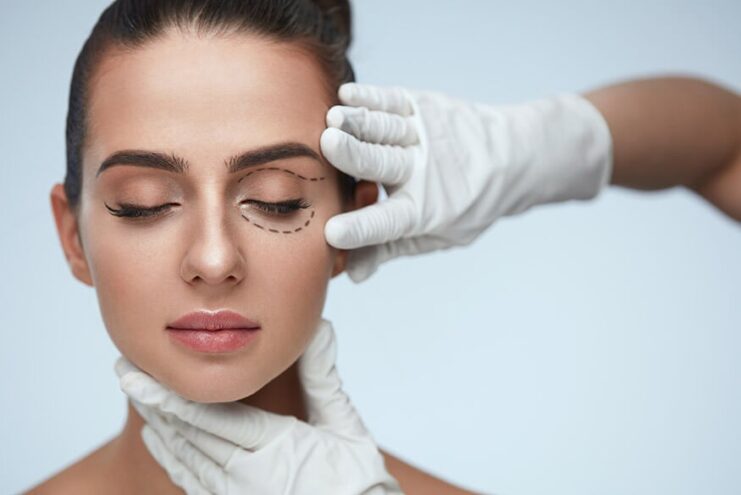
We know that considering eyelid surgery can feel like a big step. That’s why we take the time to walk you through the process and tailor everything to your needs.
Step 1: Personal Consultation
You’ll meet with one of our specialists, who will evaluate your eyelids, ask about your symptoms and goals, and discuss what options make the most sense for you.
Step 2: Customized Plan
If surgery is recommended, we’ll design a treatment plan for you and discuss what to expect before, during, and after surgery, including recovery time and results.
Step 3: Trusted Care
Our team is known for compassionate, detail-oriented care. We use the latest techniques to ensure your results look natural and you feel comfortable from start to finish.
How to Prepare for Your Consultation
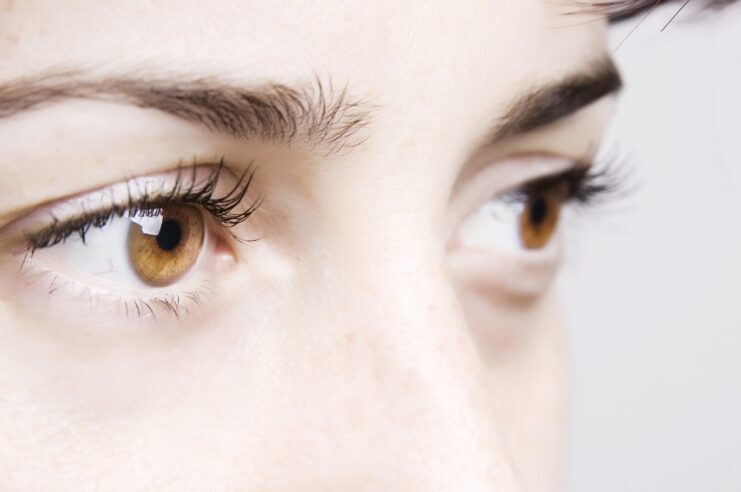
Coming to your first consultation well-prepared can make a big difference. Knowing what to bring and what to ask helps you make the most of your visit.
Here’s what to prepare:
- Medical History – Include allergies, surgeries, medications, and any eye-related conditions.
- List of Symptoms – Make a note of when you started noticing eyelid issues and how they affect your life.
- Photos (if possible) – Old pictures can help your specialist compare changes over time.
- Questions – Ask about timelines, risks, recovery, and what kind of results are realistic for you.
- Insurance Details – If you suspect a functional issue, insurance might cover part of the procedure.
Comparing Upper vs. Lower Eyelid Surgery
Here’s a simple comparison to understand the difference between upper and lower blepharoplasty:
| Feature | Upper Eyelid Surgery | Lower Eyelid Surgery |
| Main Goal | Remove drooping skin/fat | Reduce puffiness or under-eye bags |
| Visual Impairment Relief | Often yes | Rarely |
| Incision Location | Eyelid crease | Below lash line or inside eyelid |
| Typical Recovery Time | 1–2 weeks | 2–3 weeks |
| Visible Scarring | Minimal, hidden in natural fold | Minimal, often hidden |
What Recovery Looks Like
Recovery from eyelid surgery is usually straightforward, but it’s important to have realistic expectations. Most people experience some bruising, swelling, and mild discomfort during the first week. Cold compresses and head elevation help reduce swelling.
Stitches are typically removed in 5–7 days, and many patients feel comfortable returning to social settings after 10–14 days. Strenuous activity and heavy lifting should be avoided for at least two weeks. Full results—where you truly see the refreshed outcome—can take 1–3 months to develop fully.
Listening to your doctor’s instructions is the key to a smooth healing process.
Is Eyelid Surgery Right for You?
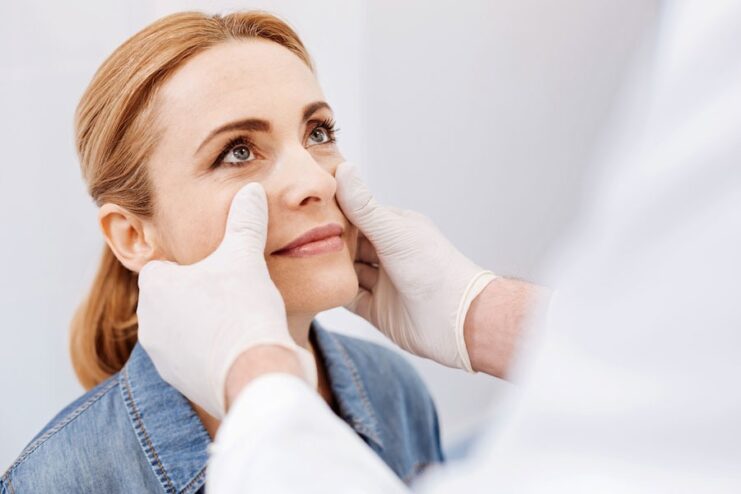
If any of the mentioned signs sound familiar, consider your options. Eyelid surgery is safe, effective, and surprisingly straightforward when done by experts.
And that’s precisely what we offer—clear answers, personalized care, and results that make a real difference in your life.
Whether you’re looking for better vision, greater comfort, or a refreshed appearance, eyelid surgery might be the solution you’ve been searching for.
Final Thoughts
Your eyes are one of the first things people notice—and when they’re affected by sagging skin, puffiness, or discomfort, it can impact how you feel every day.
But the good news is, you don’t have to live with it. With expert help you can take a simple, practical step toward feeling more confident and comfortable in your skin.
If eyelid surgery is right for you, contact us today. Let’s start with a conversation and go from there—because you deserve to see and feel your best.

